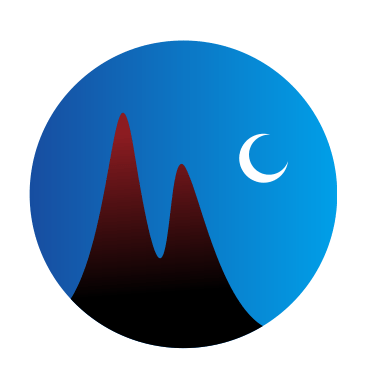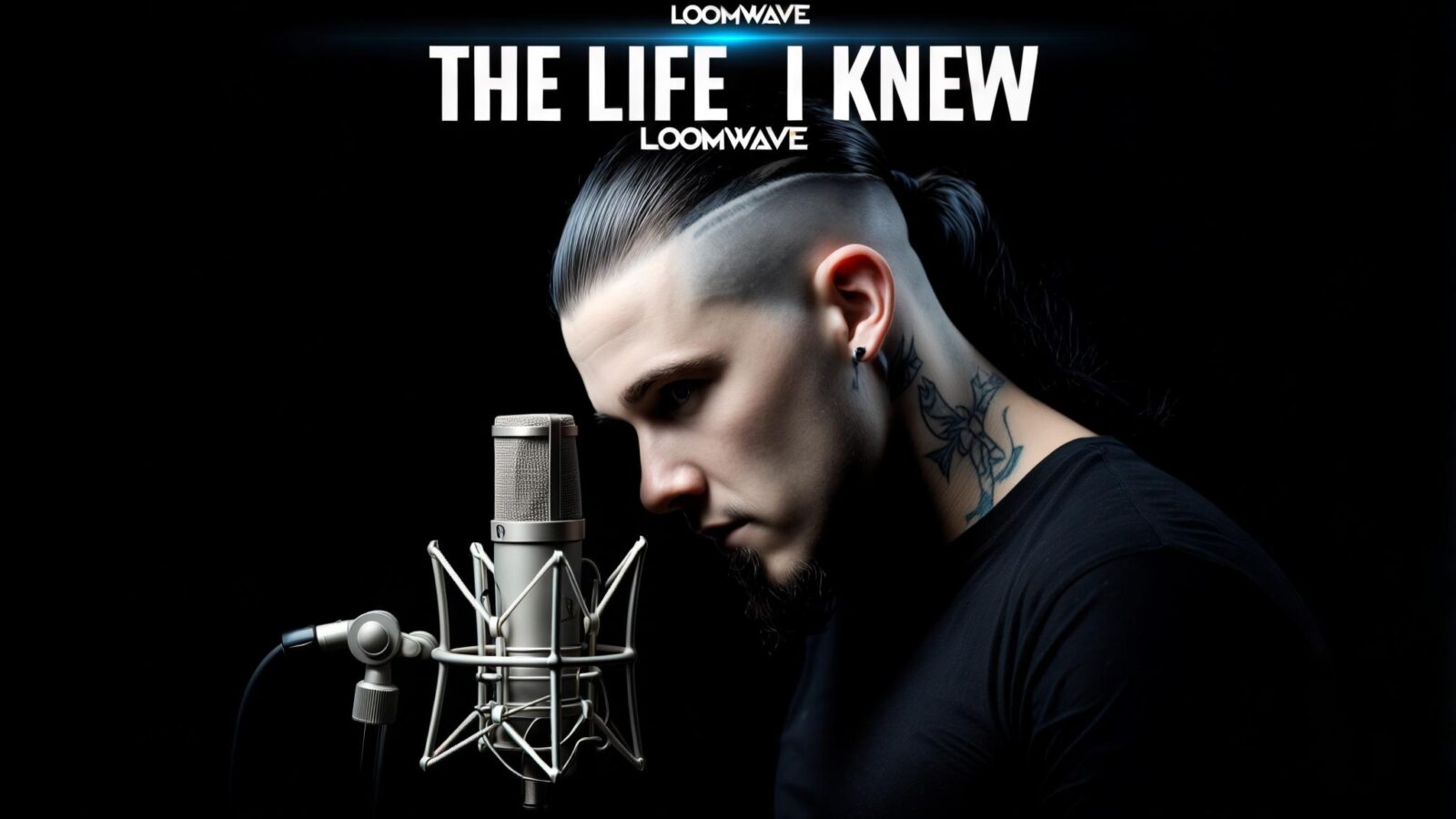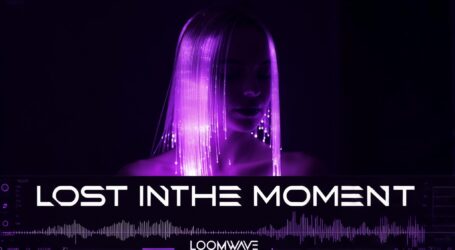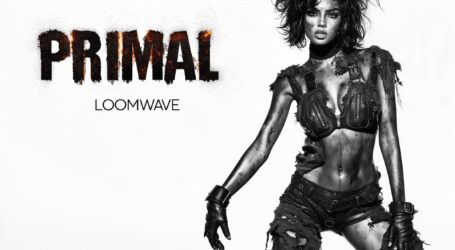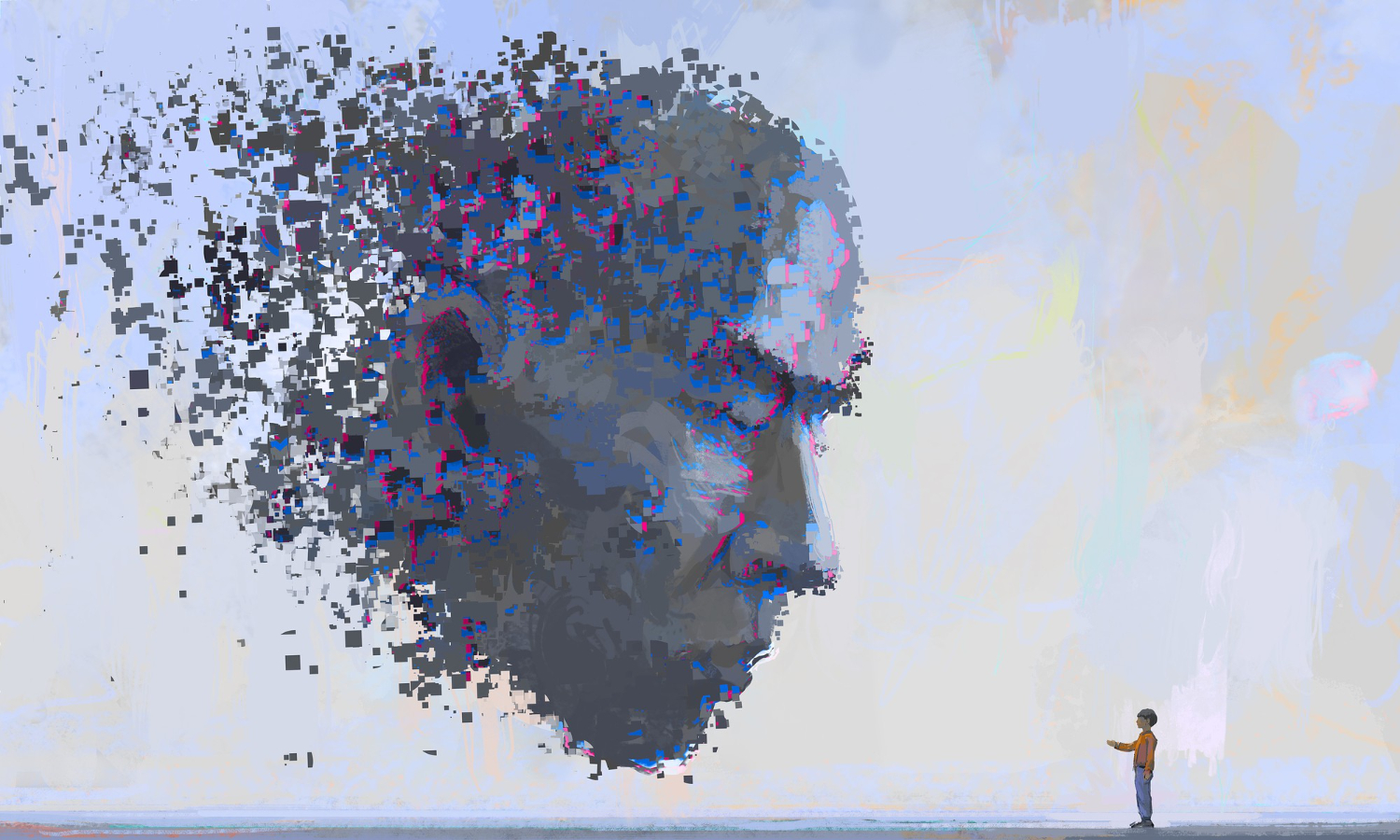Transforming Personal History into Music
My latest AI music creation, “The Life I Knew,” represents a deeply personal approach to music production. Unlike my previous tracks that explored genre crossovers like gothic-dance fusion, this med-rap composition draws directly from my own life experiences documented in my diary entries.
What makes this track special is how it transforms autobiographical content into musical storytelling. By using my actual diary entries as source material, I’ve created something uniquely authentic that resonates with listeners in a powerful way. The early response confirms this approach is working – the track on YouTube already garnered 7 likes from just 25 views within hours of release.
Leveraging Claude AI with Personal Archives
The foundation of “The Life I Knew” began with an innovative approach to lyric creation. Rather than starting with a musical concept first, I began with my own history. I opened Claude AI and loaded my diary Project Knowledge containing entries from an important period in my life titled “A Step Back Into Society.”
I instructed Claude to analyze these personal chronicles and craft lyrics that would capture the essence of my experiences during that time. The key direction was for Claude to “write the verses as if it was writing a diary entry of all the life experiences” – essentially transforming my documented past into lyrical form while maintaining the authentic voice and perspective.
This approach demonstrates how AI can be used not just for creating generic content, but for deeply personal expression. By feeding Claude my own writings, I enabled the AI to generate lyrics that genuinely reflected my experiences and emotions, creating a level of authenticity that would be difficult to achieve otherwise.
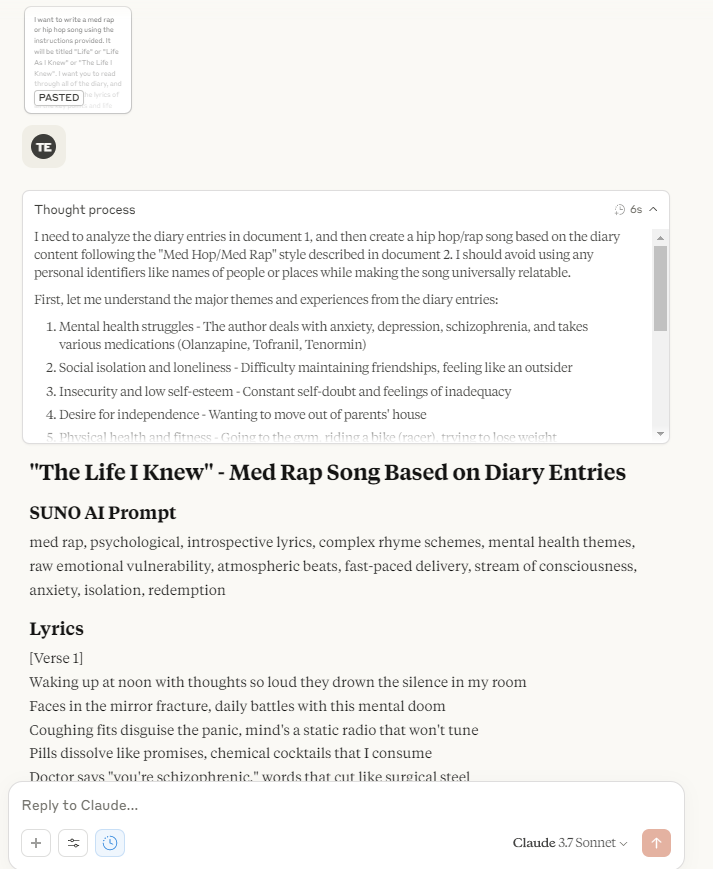
Finding the Perfect Sound in Suno
After receiving several lyrical options from Claude, I moved to Suno to generate the musical composition. Among the variations Suno created, one immediately stood out due to its distinctive vocal elements.
What caught my attention was a track that featured “a melody hummed by an angelic voice” that ran throughout the entire composition. This ethereal humming created a compelling contrast with the more structured rap verses, adding emotional depth to the autobiographical lyrics. The chorus particularly impressed me with its musical quality, which helped me decide to “stick with it” as the foundation for the track.
The initial version had slower-paced rap sections with approximately 16 syllables per line. While the pacing worked well with the hummed melody, I wanted to experiment with more dynamic vocal delivery.
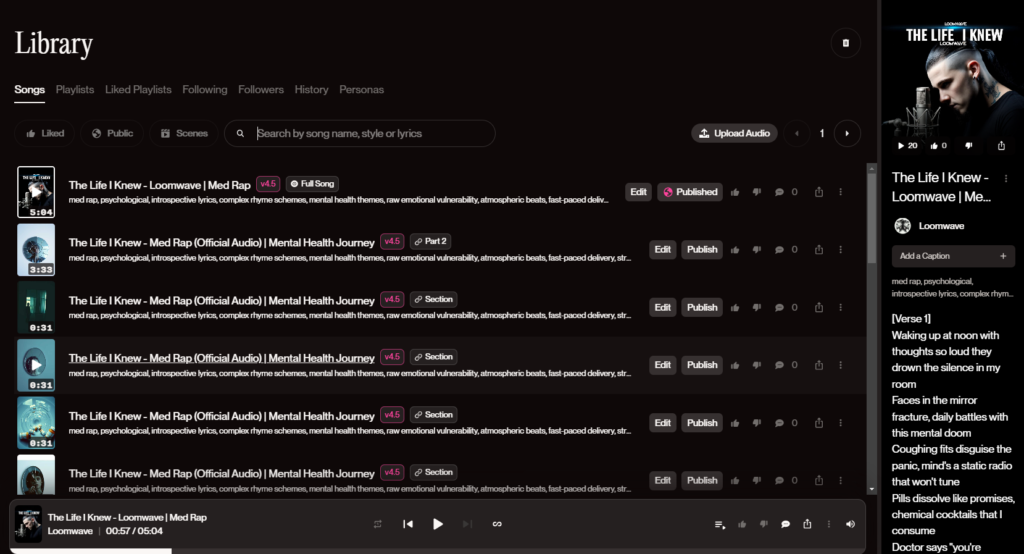
Refining the Track’s Structure and Flow
To create more variety in the track, I returned to Claude AI to develop a faster rap version of the lyrics. After receiving the updated lyrics, I imported them into Suno and attempted to extend the original song with this faster section.
The process revealed one of the challenges of working with AI music tools – when I tried to modify just a portion of the track by “extending the song from the beginning of the original song,” Suno altered the chorus I had grown attached to and didn’t implement the faster rap as intended.
After experimenting with different approaches, I decided to preserve the original slower-paced verses and chorus that had that beautiful hummed melody, while adding “one fast rap at the end” to create dynamic contrast. This resulted in a comprehensive track with “5 verses in total” spanning about “5 minutes” – longer than most of my previous AI-generated songs.
The final structure achieved a satisfying balance between consistency and variety, maintaining the emotional thread while adding enough variation to keep listeners engaged throughout the extended runtime.
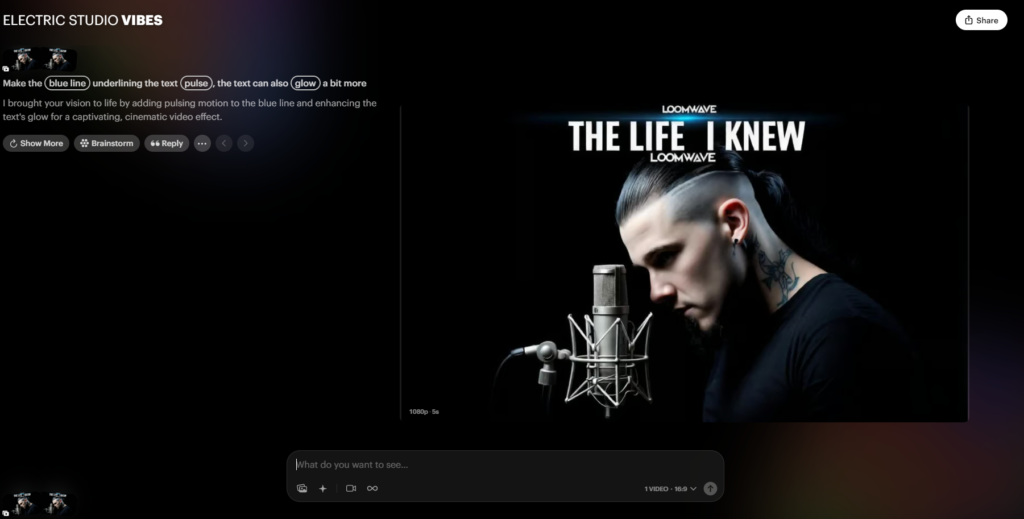
Late-Night Production and Initial Release
The creation of “The Life I Knew” happened during a late-night/early-morning creative session. By 5:45 a.m., I had moved my laptop to the bedroom to continue working while being mindful of not disturbing others in the house.
As dawn approached, I faced a decision about whether to complete the full production process immediately. The track “sounded good” in its audio form, but I “didn’t have time to rush to the garage to make a music video” before getting some much-needed rest. I prioritized sleep, closing my laptop around 8:00 a.m., planning to complete the visual aspects later.
Despite not having a full music video immediately, I released the audio version to BandLab and other platforms. This demonstrates an important aspect of creative work – knowing when to pause the process and understanding that not all elements need to be perfect before sharing your creation with the world.
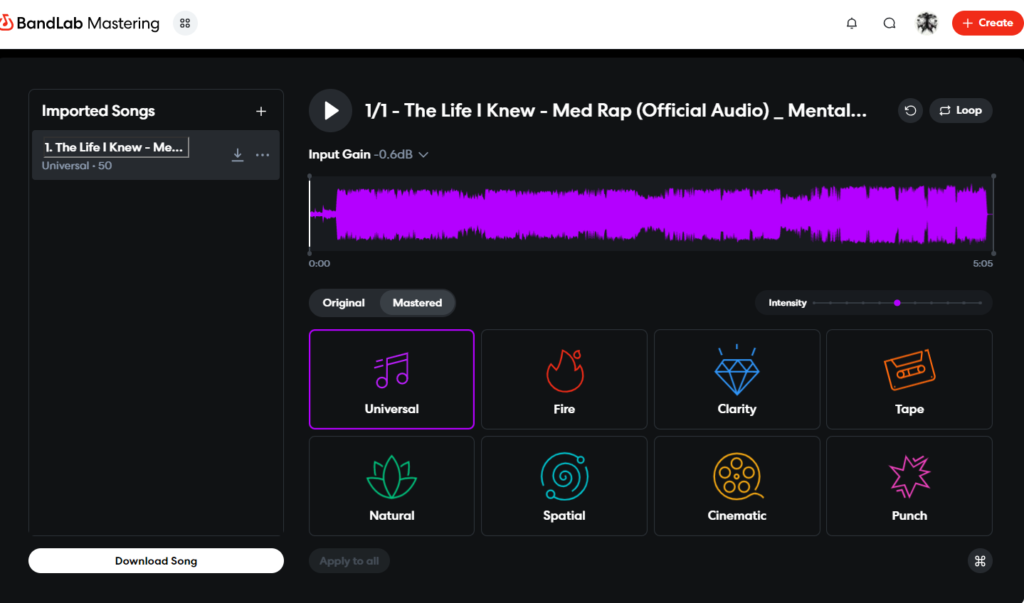
BandLab Distribution and Cross-Platform Release
While I didn’t document the specific BandLab upload process for “The Life I Knew,” it followed my established workflow for my AI-created music. This typically involves uploading the mastered audio file to BandLab, which then distributes to major streaming platforms including Spotify and Apple Music.
The track joins dozens of other songs I’ve released through this process, building a substantial catalog of AI-assisted music across multiple genres and styles.

Reception and Future Potential
The early performance of “The Life I Knew” has been particularly encouraging. As noted in my diary just two days after creation, the track “already got 7 likes for only 25 views,” representing an impressive 28% engagement rate. This positive reception suggests the personal approach resonated with listeners.
My observation that “it should blow up” reflects optimism about its potential to reach a wider audience over time. The combination of autobiographical content, emotional vocal elements, and varied rap delivery creates a unique listening experience that stands out from typical AI-generated music.
What Makes “The Life I Knew” Different
What distinguishes this track in my growing catalog of AI-created music is its deeply personal nature. While my other tracks like “Beautiful Darkness” and “Lost In The Moment” explored interesting genre combinations, “The Life I Knew” represents something more intimate – the transformation of my actual life experiences into musical form.
By using my own diary entries as source material, I’ve demonstrated how AI tools can be used not just for creating generic content, but for deeply personal expression. This approach creates music that carries authentic emotional weight and connects with listeners on a more profound level.
Lessons for Autobiographical AI Music Creation
Creating “The Life I Knew” taught me several valuable lessons about using AI for autobiographical music:
- Personal archives become powerful prompts – Using your own writings provides rich, authentic material for AI to transform
- Balance control with exploration – Know when to accept the AI’s creative choices and when to direct it more specifically
- Emotional resonance matters – The hummed melody created an emotional foundation that elevated the autobiographical content
- Constraint drives creativity – Working within the limitations of AI tools (like not being able to selectively modify sections) forces innovative solutions
- Release strategy flexibility – Sometimes it’s better to get the audio out first and complete visuals later, rather than delaying the entire release
For anyone interested in creating their own autobiographical music with AI tools, consider what personal archives you might already have that could be transformed into compelling artistic content.
Future Directions for Personal AI Music
The success of “The Life I Knew” opens up exciting possibilities for future projects. I could potentially create a series of autobiographical tracks spanning different periods of my life, each with its own musical style reflecting the emotional tone of that era.
There’s also potential to expand this approach beyond just lyrics, using my personal experiences to inform musical structure, instrumentation choices, and production style. For example, a period of turbulence might translate to more complex time signatures, while periods of clarity could be represented through more minimalist arrangements.
As AI music tools continue to evolve, the opportunity to create deeply personal, emotionally resonant music will only expand. “The Life I Knew” represents just the beginning of what’s possible when blending personal archives with artificial intelligence.
If you enjoyed this breakdown of my creative process, be sure to check out “The Life I Knew” on my BandLab profile or YouTube channel Loomwave, and explore my other AI music productions on the Diary of a Mad Chaos website.

Diary Of A Mad Chaos is a daily diary written from March 1996 until today, of which individual books and book series have been created, namely “The Lost Years” an exploration of young, entwined love, the “Wubao In China (猎艳奇缘)” book series which provides an extensive comparative analysis of the cultural differences between Eastern and Western societies, and the book titled “Foreigner (华人)” an exploration of race relations in Australia.

